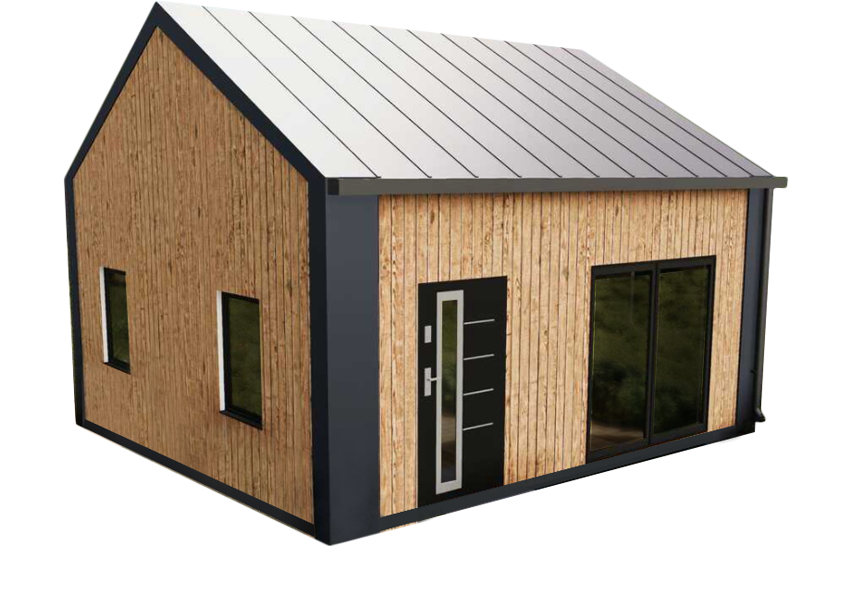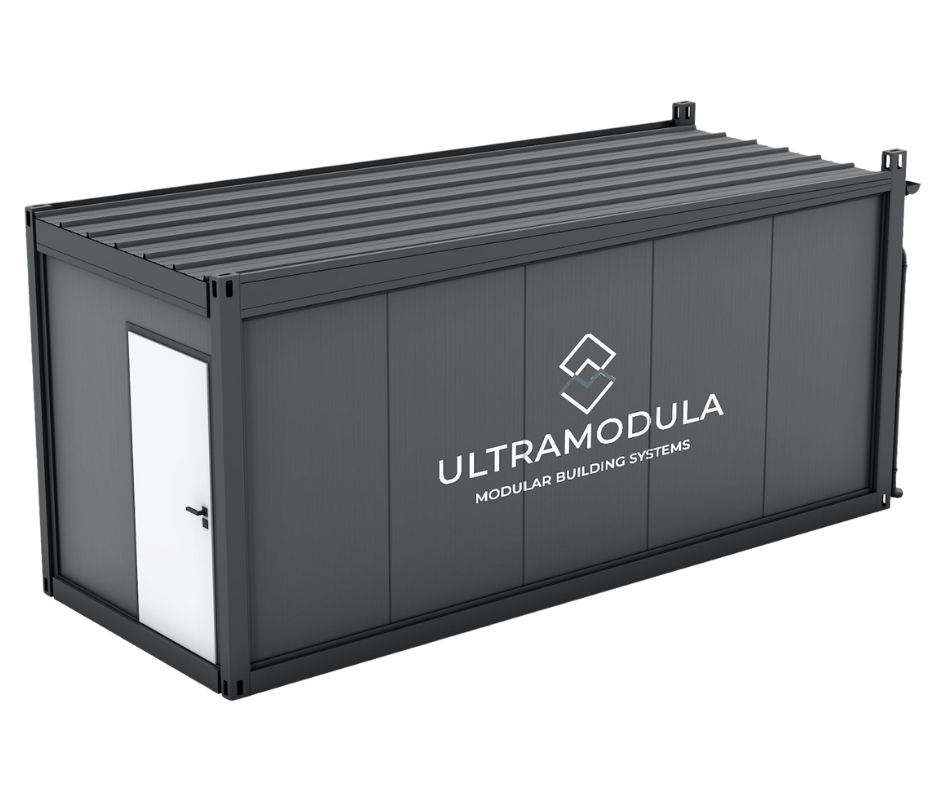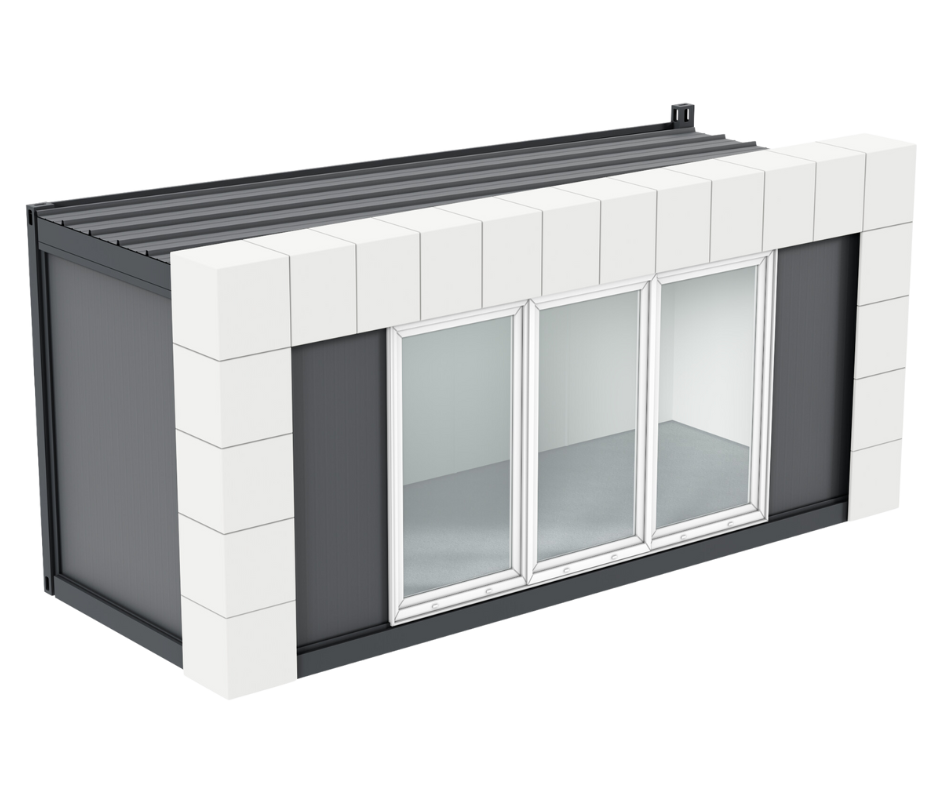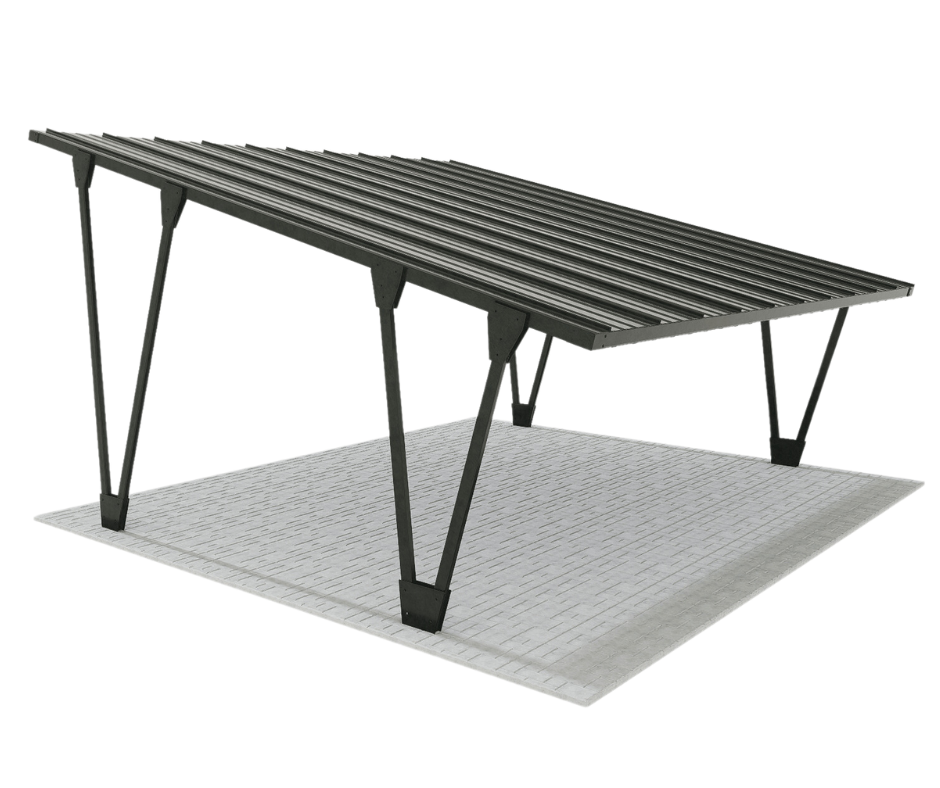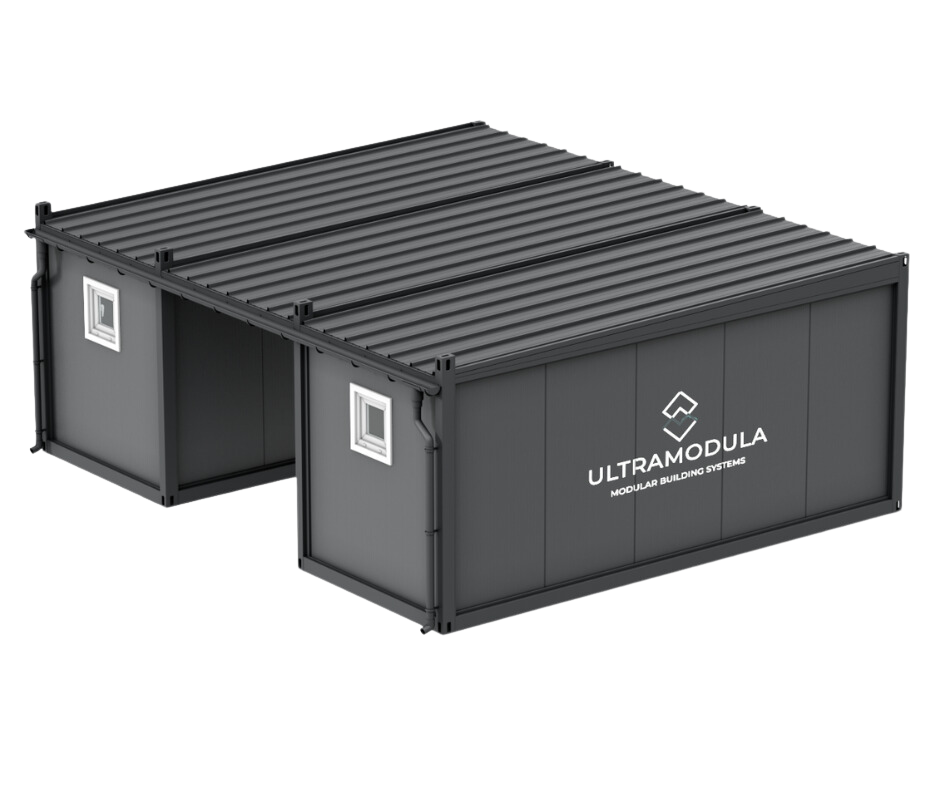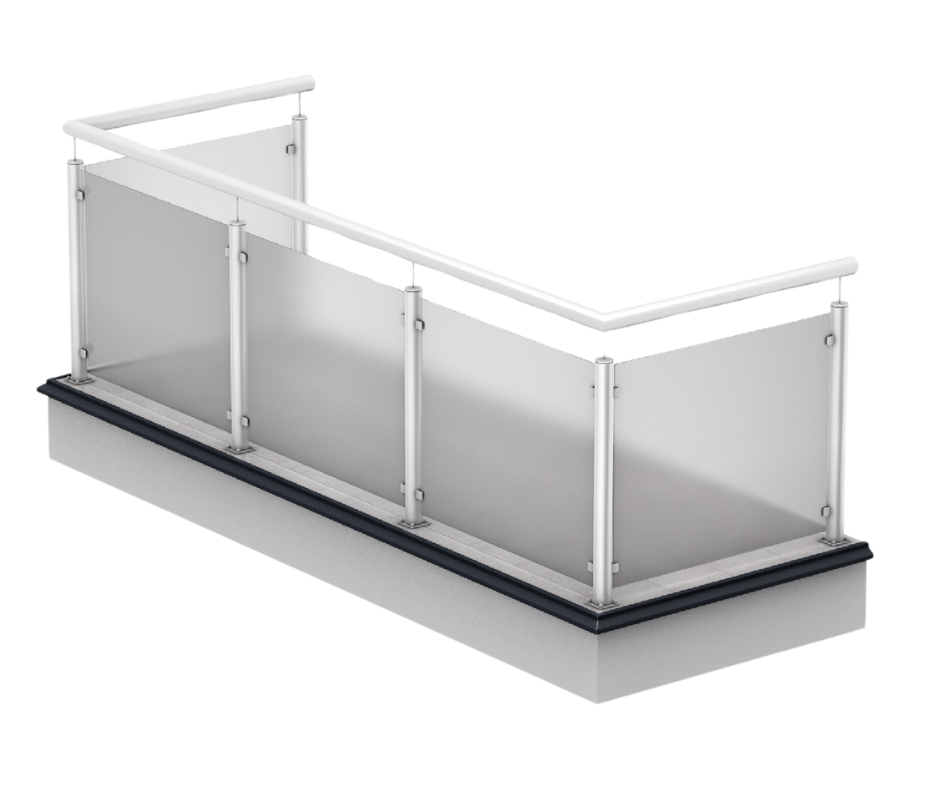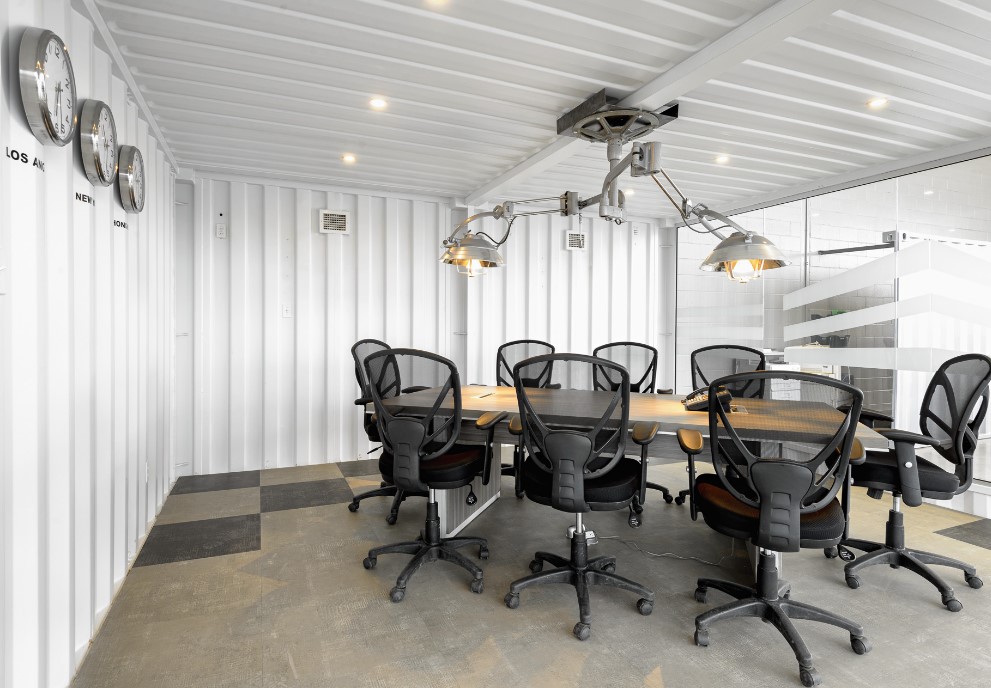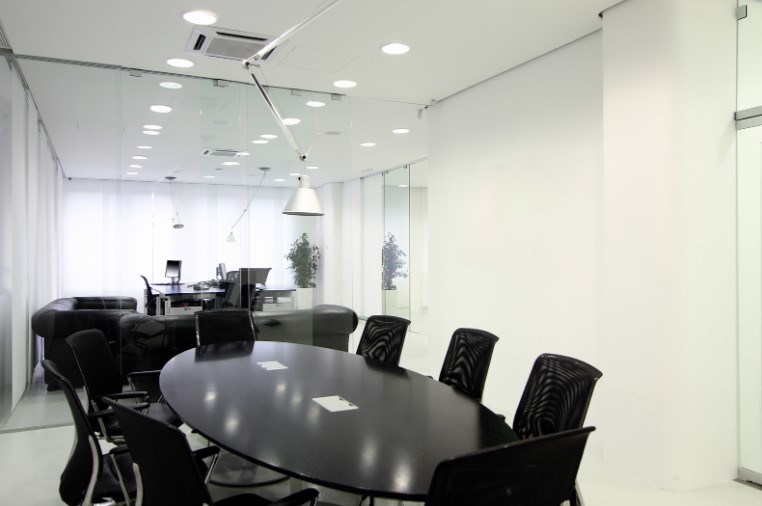In today's dynamic business environment, office space becomes not only a workplace, but also a manifestation of the company, its culture and values. In this context offices container, which are a symbol of modernity and functionality, are becoming more and more popular. However, to meet the growing expectations of brands for uniqueness and a unique identity, personalization of container office interiors is becoming a key element. Adapting interior design to a specific organizational culture can increase employee engagement and at the same time enable the company to express its unique character.
Why choose a container office instead of a traditional building?
Containers office They are an excellent option for companies due to their ease of installation, quick implementation time and relatively low costs. They are available in various sizes, which allows for flexible expansion according to the company's needs. Compared to building a traditional office, container solutions are much more economical.
Low costs
Price is one of the main advantages containers office space. Building own office or renting space in office centers, especially in larger metropolises, is expensive. Containers offer an attractive alternative, especially in smaller towns where it is difficult to find functional office space. Purchase of an office container it is inexpensive and maintaining it is also low cost.
Expandable
Another advantage office containers is easy to expand. Thanks to their modular structure, they can be expanded both horizontally and vertically by stacking.
To make this possible, the frame must be made of cold-bent sections with a thickness of 4 mm. Final stability building will provide poles bolted to the upper and lower frames (they must also be made of durable sections, preferably cold-bent). Only such a durable structure, offered only by renowned manufacturers, allows for stacking. This is an interesting option, because on a smaller area of land you can fit a larger office space and divide it into zones: for example, on the ground floor you can organize a place for meetings with clients, and on the first floor there are workplaces.
Short construction time
Quick implementation time and easy assembly are additional advantages of container offices. The process of obtaining construction consent is short, and the construction itself is short container on ready-made foundations, it takes only a few minutes. Cooperation with an experienced manufacturer shortens the time needed to develop the design and equipment, speeding up the entire process.
Flexibility and mobility
However, the main distinguishing feature container offices is their extraordinary flexibility. Structures based on modular construction enable quick adaptation of office space for various purposes and functions. This not only allows companies to dynamically adapt their work environment, but also enables efficient response to the changing needs of teams and projects.
Mobility is another element that attracts companies to use container offices. Thanks to the ability to easily move containers from one place to another, companies gain incredible freedom in choosing the location of their office. This is particularly attractive for organizations engaging in projects of a variable nature, for example changing the number of employees or types of projects implemented.
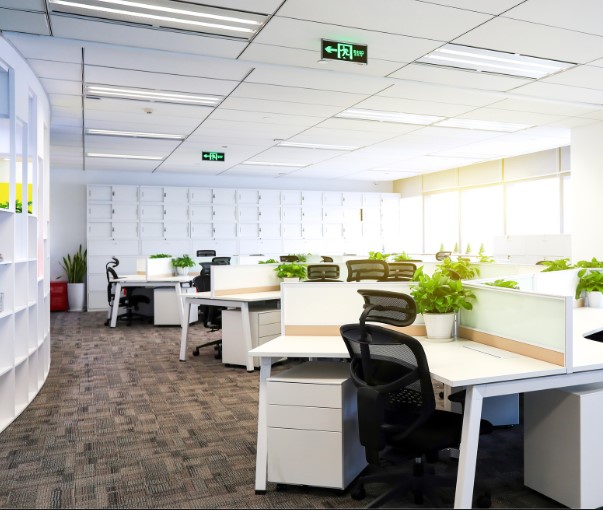
Container offices
The role of office personalization in building competitive advantage
The skillful use of interior design as a tool for expressing values, organizational culture and company identity brings tangible benefits in the form of a better image, greater identification of employees with the company and positive customer associations. Taking this into account, it becomes clear that personalization of office interiors, including container ones, must be an integral element of the strategy. construction brands.
Modern enterprises realize that the workplace is not only a space for performing official duties, but also a powerful tool shaping their image. Thanks to personalization, the interiors of container offices become a physical reflection of the company's mission, values and culture. When employees, clients and partners are in the office space, they should be surrounded by an atmosphere that not only encourages effective work, but also builds positive associations with the brand.
Elements that can be personalized for the interior of container offices
Personalizing the interior of container offices is an opportunity to express and show the company's values and organizational culture. Thoughtful arrangements, colors and even the choice of furniture and decorations can be used as tools to communicate what the company considers important. For example, a company focusing on innovation may choose futuristic design elements, while a company with an established tradition may choose classic, elegant solutions. Such design decisions not only influence the atmosphere inside the container, but are also noticeable to visitors, which builds a coherent brand image.
Functional interior design
Each company has different work characteristics, which are determined by the tasks performed, organizational culture, and the needs of customers and business partners. Personalization of the interior of container offices must therefore take into account a functional design that ensures an ergonomic and effective working environment. It is necessary to plan the optimal number of private zones, enabling concentration and individual work, as well as places for meetings and team work. For example, in office providing accounting services to foreign partners need many quiet individual work stations and few rooms for meetings with clients or shared work rooms. On the other hand office A marketing agency needs large spaces for creative work and training and conference rooms, and much fewer individual quiet workstations.
Selection of furniture
Office furniture systems not only fulfill a functional function, but also constitute an important aesthetic element. Personalization container office through furniture includes the selection of style, shape and materials that harmonize with the company's visual identification. The seriousness of a law office will be emphasized by classic wooden furniture, and colorful, upholstered furniture with a modern form will perfectly fit into the relaxed atmosphere of a start-up designing computer games.
In the case of furniture, what also counts is its comfort, ergonomics and functionality tailored to the nature of the tasks performed. For employees who spend most of the day working at a computer, it is worth choosing height-adjustable desks that allow them to work in a standing position. In turn, in offices where meetings with clients are frequent, comfortable furniture in conference rooms will be important. Well-fitting furniture is an excellent opportunity to express the philosophy of each brand: care for employees.
Color
Colors are the basic element of personalization of the interior of container offices, making a significant contribution to shaping the atmosphere and visual identity of the space. Importantly, color personalization includes not only painting the walls or choosing floors, but also furniture, accessories and accents, which together create a coherent and individualized aesthetics. During the design process of a container office, special attention should be paid to the psychology of color, i.e. the results of scientific research on the impact of colors on human well-being, work efficiency and the general atmosphere in a given place.
Intense, strong colors should not be used in concentrated workplaces. In turn, subdued and neutral colors such as white, gray or beige can be used to create an elegant, minimalist atmosphere, ideal for corporate companies. These shades allow you to create a neutral base that is also a perfect background for color accents.
It is important to remember that when introducing color accents, they should be adapted to the company's visual identification. Choosing colors consistent with the logo or brand color palette brings a unique character to the space. This is a subtle yet effective use of color that can be used in details such as chairs, pillows, and decorative wall elements.
The role of the designer in personalizing the interiors of container offices
In the context of designing container offices, the role of the interior designer becomes crucial, because he is responsible for creating a unique, functional space that reflects the client's individual style and brand. And since personalization is not only a matter of aesthetics, but also a strategy aimed at increasing work efficiency, employee comfort and building the company's image, it is worth choosing cooperation with an experienced expert - preferably permanently cooperating with the manufacturer of container offices. It is worth remembering that interior design modular differs from space planning in classic office buildings.
One of the main challenges faced by a container office interior designer is limited space. In such conditions, every centimeter matters, and skillful use of space becomes a key element of success. You have to deal with space constraints while ensuring that each element is ergonomic and functional. Designers must use innovative solutions such as mobile furniture, optimal lighting and a modern acoustic solution. The design of the project cannot outweigh the comfort of employees. An experienced designer will easily create a personalized space that will help the organization express its own style and brand. He is able to create a container office that will not only fulfill practical functions, but also perfectly reflect the character and values of the company, thus building its competitive advantage and strengthening the spirit of organizational culture.

